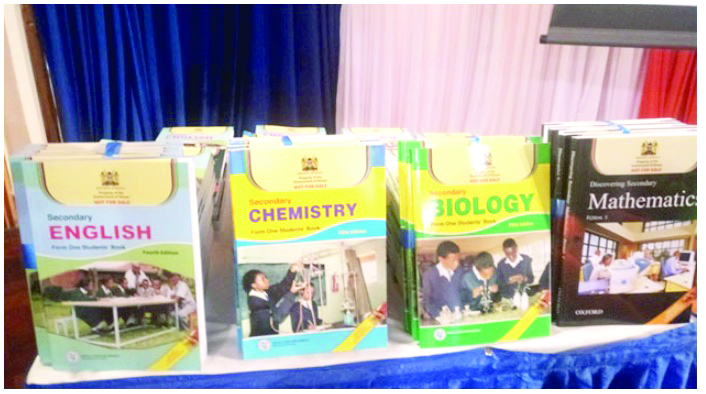Kenya’s education system ranked best in sub-Saharan Africa
By Evans Nyakundi, June 2, 2025Kenya has positioned itself as a continental leader in education in sub-Saharan Africa, sustained by bold reforms, high investment levels, and a consistent policy push toward equitable and quality learning, a World Bank report says.
Kenya, says the bank’s Public Finance Review, not only boasts the region’s highest learning-adjusted years of schooling (LAYS) but also continues to lead in policy innovation and prioritising in education funding.
The nation’s educational transformation began in earnest in the early 2000s with the introduction of fee-free primary education in 2003, followed by free-day secondary schooling in 2008.
Landmark policies
These landmark policies have propelled access dramatically, with Kenya achieving near-universal access to basic education, a feat still out of reach for many nations in the region.
“Recently, the 2024/25 budget allocated to education Ksh656 billion (or 27.6 per cent of the total government expenditure on ministries and departments), which is above regional averages, a clear sign of Kenya’s commitment to education even in the face of fiscal consolidation,” the report says.
Education spending has averaged almost five per cent of GDP and 20 per cent of the budget per year over the last decade, the report says, with Kenya meeting international benchmarks for education spending.
In 2023, the government shifted its attention to a new frontier, enhancing the quality of learning and broadening access to post-basic education.
Central to this effort is the rollout of a competency-based curriculum (CBC), an ambitious overhaul aimed at equipping learners with practical skills for the 21st-century economy.
Staffing needs
“The rollout of the CBC has created acute staffing needs, with a current shortage of 72,000 teachers in lower secondary and similar shortages expected in senior secondary as new learning areas and pathways are introduced,” the report says.
The Teachers Service Commission has estimated that an additional 162,000 teachers will be needed by 2028 to meet reform requirements. At an average teacher salary of about Ksh40,000 per month, this represents an additional annual requirement of Ksh77.8 billion for salaries alone.
The curriculum reforms have changed classroom dynamics, introduced new pathways at the senior secondary level, and required intensive investment in teaching materials and teacher training.
Textbook availability, once a major constraint, has improved significantly under new policies aiming for a one-to-one textbook-to-student ratio.
Furthermore, school-based management has been strengthened to allow greater accountability and efficiency at the grassroots level.
“Despite major disruptions like the Covid-19 pandemic, the reform agenda has stayed remarkably on course, especially considering its scale and scope,” the report notes.
Kenya stands out with the highest expected years of schooling in sub-Saharan Africa some 12 years compared with the regional average of eight.
The country still ranks first in continental Africa in LAYS when adjusted for quality.
More Articles

